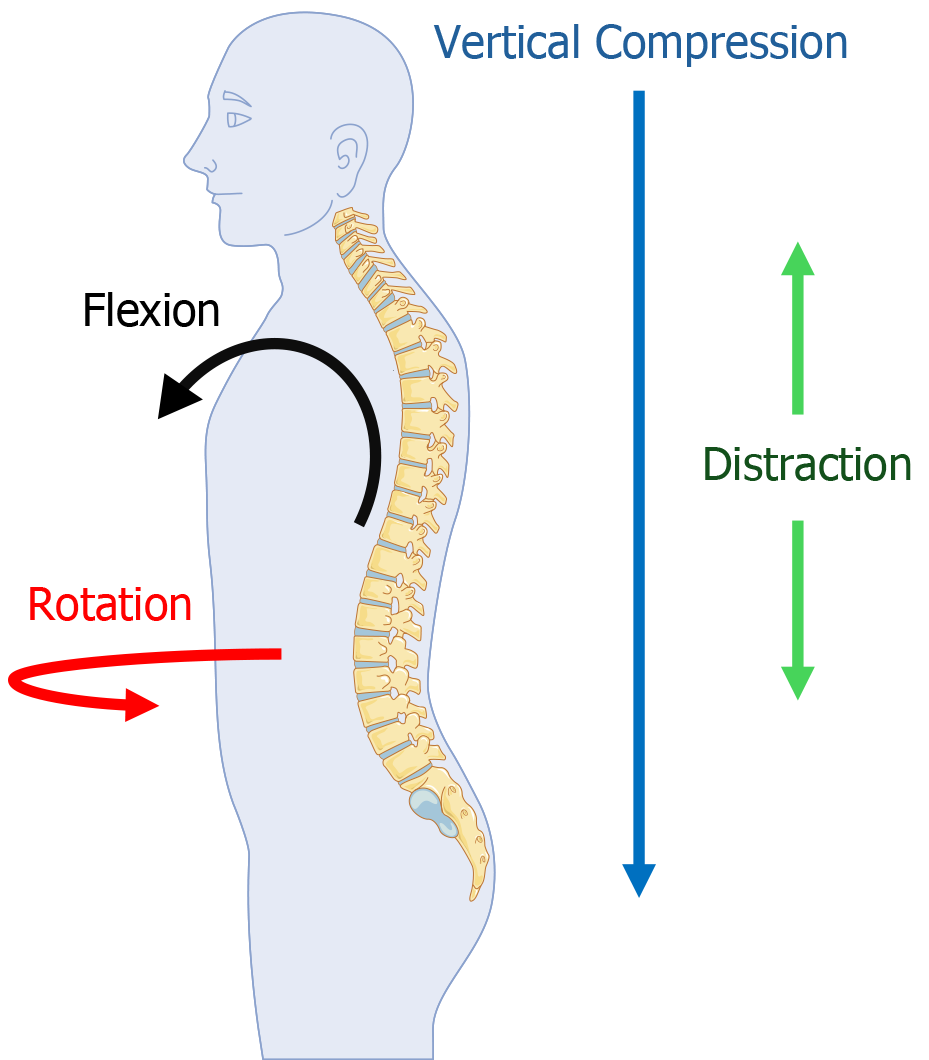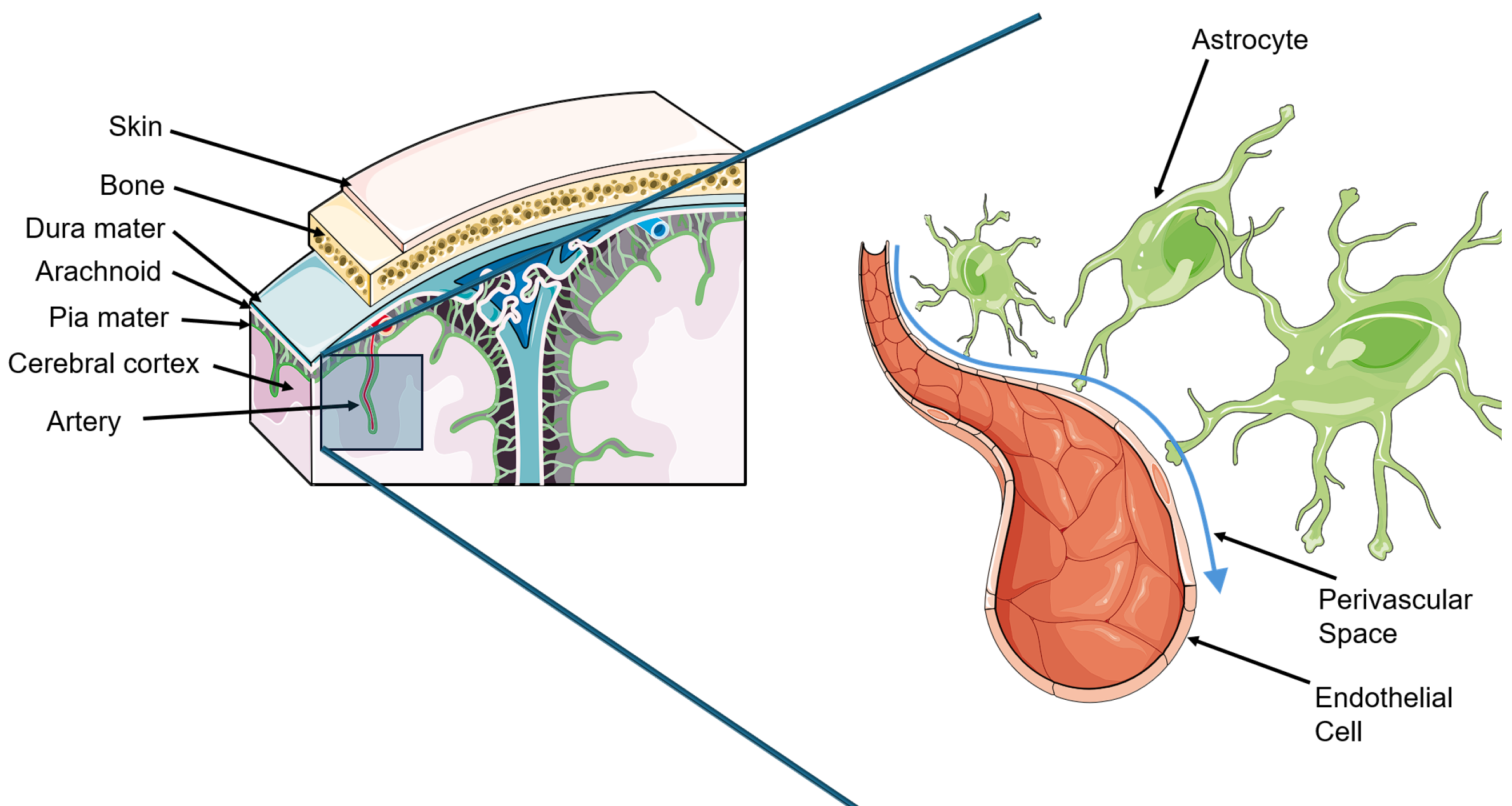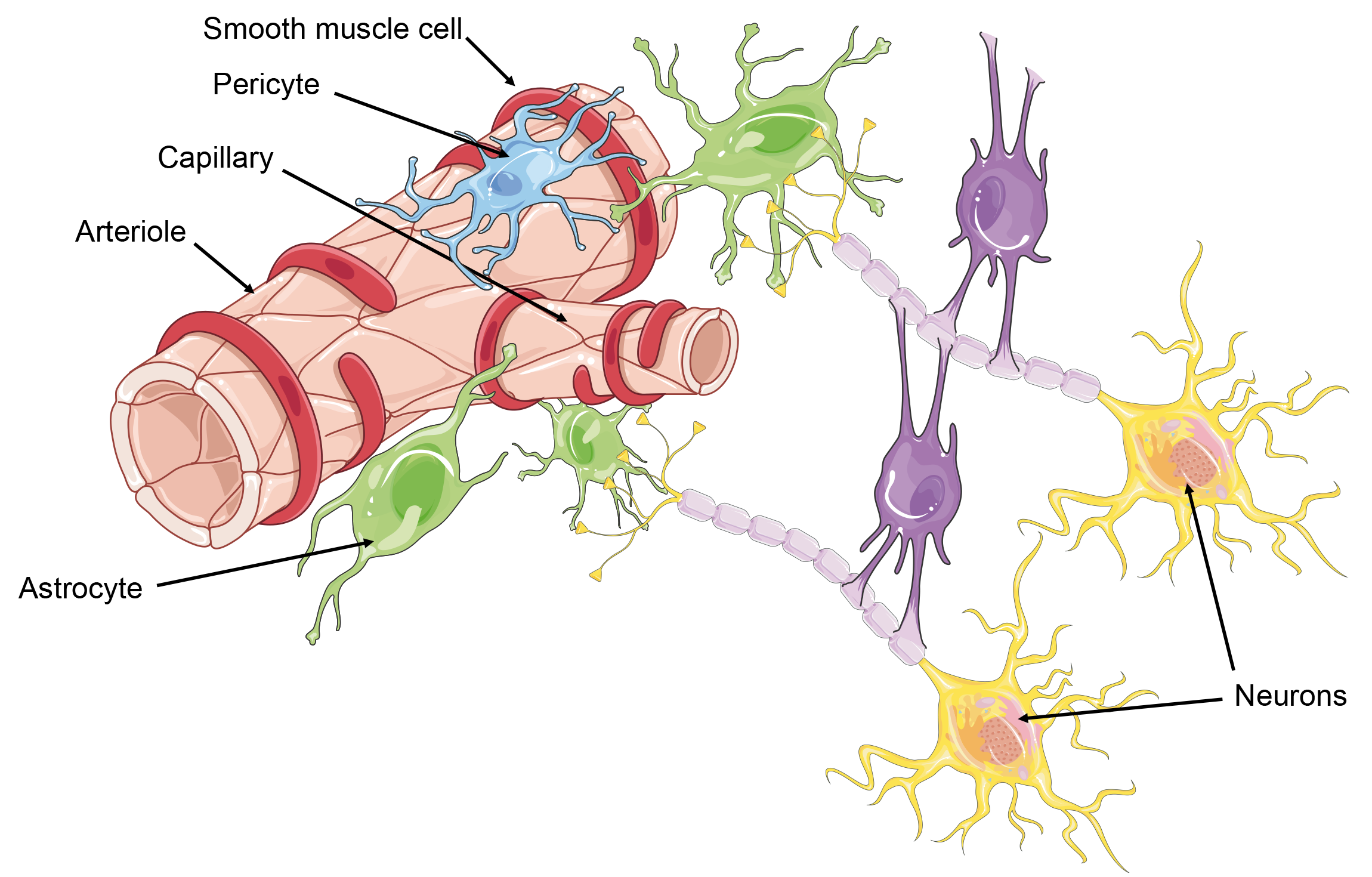Copyright
©The Author(s) 2024.
World J Meta-Anal. Sep 18, 2024; 12(3): 95417
Published online Sep 18, 2024. doi: 10.13105/wjma.v12.i3.95417
Published online Sep 18, 2024. doi: 10.13105/wjma.v12.i3.95417
Figure 1 In the setting of traumatic spinal cord injuries, forces can act on the spine in a number of fashions with unique consequences.
Some of those force directionalities include vertical compression, distraction, rotation, and flexion. Parts of the figure were drawn by using modified pictures from Servier Medical Art. Servier Medical Art by Servier is licensed under a Creative Commons Attribution 3.0 Unported License (https://creativecommons.org/licenses/by/3.0/).
Figure 2 The perivascular space created by the interplay between the central nervous system blood vessels and the foot processes of the astrocytes allows for the cycling of waste through the cerebral spinal fluid and interstitial fluids.
Parts of the figure were drawn by using modified pictures from Servier Medical Art. Servier Medical Art by Servier is licensed under a Creative Commons Attribution 3.0 Unported License (https://creativecommons.org/licenses/by/3.0/).
Figure 3 The neurovascular unit is a network created by the communication between pericytes, neurons, smooth muscle, and endothelial cells.
Parts of the figure were drawn by using modified pictures from Servier Medical Art. Servier Medical Art by Servier is licensed under a Creative Commons Attribution 3.0 Unported License (https://creativecommons.org/licenses/by/3.0/).
- Citation: Willman J, Kurian AL, Lucke-Wold B. Mechanisms of vascular injury in neurotrauma: A critical review of the literature. World J Meta-Anal 2024; 12(3): 95417
- URL: https://www.wjgnet.com/2308-3840/full/v12/i3/95417.htm
- DOI: https://dx.doi.org/10.13105/wjma.v12.i3.95417











